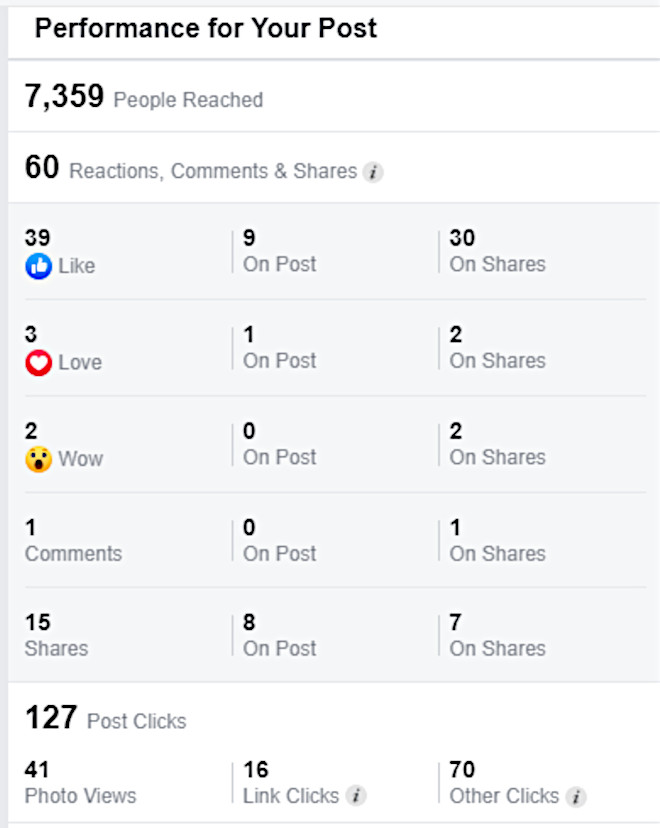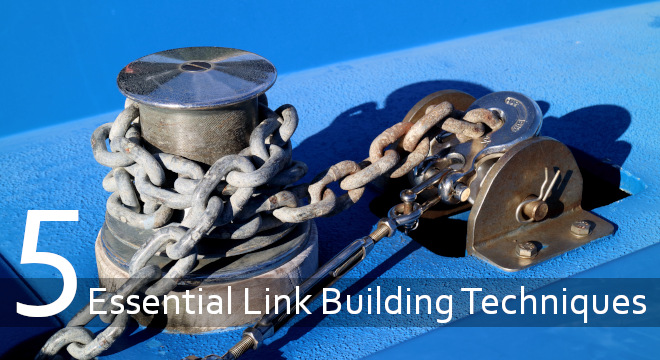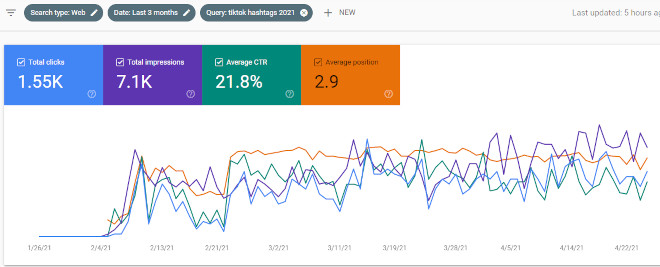Content marketing is becoming increasingly important in online marketing. The focus is on good content: informative, advisory, or entertaining. The know-how, values, and product advantages are asserted and illustrated with the help of the content. With the help of content marketing, you can optimally control the perception of your company. But what is content marketing anyway? How can it be used in your business?
There are hardly any bloggers who don’t have a website. Every blogger knows the importance of unique content. Content should be informative and exciting for the user. Therefore, careful planning and good preparation for content creation are worthwhile.
As a website owner, you need to be familiar with the needs of your target audience. You need at least basic knowledge of SEO and be able to write texts well. Analysis and evaluation of your visitor data are essential to operate effective content marketing and plan content creation in the future.
Not every website owner meets these diverse requirements. But even if you have this knowledge, content and online marketing costs a lot of time and effort, you lack in your core business. If you still don’t want to outsource this area, here are nine tips to guide you through the hustle and bustle of content marketing.
1. Content Analysis
Content creation should always be done strategically. If you write your subsequent text in line with a real content strategy, it will help meet your website’s objectives. Also, pay attention to the existing texts when planning. They are often suitable for an update or revision since they deal with your company’s subject areas. Older pages can have a ranking advantage that can be used optimally.
A careful content audit will help you with strategic planning. This analysis deals with the monitoring of various metrics that depict the ranking and visitor behavior. You can use tools such as Google Analytics for this. Use these metrics to plan your next optimization steps.
- Which pages do you want to optimize?
- What is the objective of this optimization work?
Look at the performance of your website as a whole to get a meaningful picture.
2. Social Media Reactions
Check how often your posts have been distributed on social networks such as Facebook, Twitter, Pinterest, or LinkedIn.
- Where did you get the most responses from?
- Get to understand the preferences of your target groups better and better.
If you have been particularly successful with certain social media topics, it is worthwhile to create additional content. Check the chances of success if you deepen the topic on your website. With Google Analytics, you can track these numbers in the acquisition area.
3. Backlink Analysis
Monitor the development of your backlinks. Access to your website content from third parties allows conclusions to be drawn about further potential. Find out which pages attracted a lot of interest. Use this knowledge to build additional backlinks.
[Recommended reading: 5 Essential Link Building Techniques Every Marketer Should Use]
You can also track backlinks with the help of various tools such as Google Search Console, Ahrefs, SEMrush, and MOZ.
4. Organic Ranking
The most important aspect of a successful website is its visibility in the search engines. In the United States of America, Google.com is the most important search engine. It is imperative to track your pages’ rankings for the most important keywords to achieve good visibility. The user searches for keywords. Is your website listed in search results for your core keywords? If you do not appear on the first page of the Google SERPs, you have to continuously monitor your rankings and promote them in a targeted manner.
Google is constantly updated and improved. So the rankings also react and fluctuate. Not every fluctuation is worrying. If some rankings have fallen and do not recover within a shorter time, check the ranking pages for optimization.
Also, keep an eye on your competitors here. How has its content developed for the relevant search term?
5. Optimization Right From The Creation Of The Content
If you create your content yourself, you can take the following optimizations into account when creating it:
- Include relevant keywords in the page title, meta description, and H1 headings. Write for the user – not for the search engines.
- Include relevant keywords and synonyms in the body of the text.
- Make sure that the texts are easy to read. Avoid nested sentences that are too long. Short and sweet are better accepted and understood by the user.
- Find a good measure of the text length. Compare your content with successful texts from your competitor.
Work through these recommendations step by step. Schedule content optimization regularly and monitor its success.
6. Tracking Of The Optimization Measures
Work with the Google Search Console and inform Google about changes and enhancements to your content. In the menu, you will find “Fetch as Google” or “Fetch as Googlebot” Enter the URL of the optimized page and have it indexed. If you get an error message, you can react immediately and fix problems that are preventing indexing. With these measures, you will bring your content to a good level of optimization. This will take less time than creating entirely new content.
7. Optimize Existing Content
Compare better ranking pages of the competition with the help of an SEO check. You will find various tools on the Internet that offer an SEO comparison of multiple sites. Many fee-based SEO tools provide the possibility of comparing competitors and suggest some optimizations. However, always keep your expertise in the foreground. A tool is only as intelligent as its operator.
Optimizations should be made after prioritization. First, fix any reported errors. Work through the lists down to recommendations. You will have a good standing – technically and in terms of content. If you’re new to it, start with the simple tips that are quick to implement. You will already achieve a movement in the rankings and thus an improvement in visibility.
Your goal should be the first page of search results.
8. Optimization With The Google Search Console
Set up the Google Search Console for your website. It is part of Google’s webmaster tools and has much important information ready for website operators. Many analysis tools have an interface for the Google Search Console.
This data can also be used very well for planning the next optimization steps. If you have a potentially high number of impressions with 100% target group-oriented keywords and only a few hits because your website’s position was still too bad, you know where to start.
9. Content Cptimization
Content optimization: How well does the existing content meet the requirements for keyword diversification?
Structure and semantics: Are your texts well structured and laid out logically? Are they designed interestingly so that the user is encouraged to pursue them further?
Backlinks: Are the possibilities of building backlinks being used to the full? Here we are talking about a natural backlink build-up – definitely not about bought backlinks!
[Images – Main Photo by Ola Dapo from Pexels, Chain links: Alamy/Kris Olin; other images from their respective websites and/or social platforms]
Sara Leandro is a senior editor at Whatsdalatest. She’s a certified health coach and digital consultant who helps others feel their best through individualized lifestyle changes that meet their unique needs.



